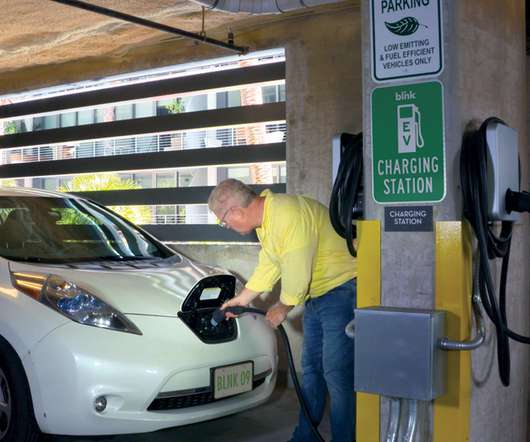What the Nissan Leaf Has Taught Us About Natural Disaster Recovery
Blink Charging
MARCH 3, 2022
The Leaf models were used as portable power stations , with enough juice to power the average Japanese home for four days, power 6,200 smartphones, or run 100 elevator round trips in a 48-story building. . It can recharge where the power supply has been restored, and then drive on to another hard-hit region.”











Let's personalize your content